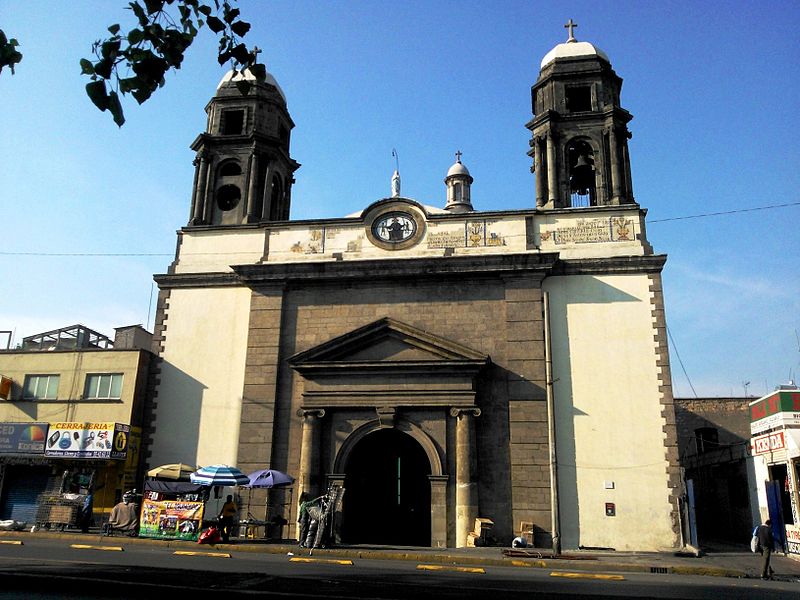
__
The Temple of San Pablo El Nuevo is such a striking example of late-18th-century Neo-Classicism that it bears a close look. Decades before sometime architect Thomas Jefferson had decided Greek and Roman temples would draw yeoman farmers into a new civil contract, the Spanish Crown was imposing those same ancient pagan temples onto the tail-end of a now flagging counter-reformation. The new San Pablo temple is a startling example of the style of the age.
The new temple was to serve the very old parish of San Pablo Zoquipan. This was one of the four neighborhoods into which San Juan Tenochitlan was divided immediately after the Spanish came to power. The other three were Santa María Cuepopan, San Sebastián Atzacoalco and San Juan Moyotlan. Like the other three neighborhoods, San Pablo had an older chapel which dated from the time of Hernán Cortés.
That old chapel, after many years of disputes between religious orders, became part of the Augustinian Colegio de San Pablo. The Templo de San Pablo el Viejo, the Old San Pablo Temple, and a very few remaining parts of the Colegio, are within the Hospital Juárez medical complex on the same street. The old church is today only noticeable for the profusion of trees growing from the former atrium. The Colegio, partly converted to a hospital during the USA invasion of 1847, gave its facilities over definitively to the hospital by 1860.
The San Pablo el Nuevo temple was to be built on the old Plazuela del Copado, east of the Colegio. That land was donated by the City Council in 1786. The architect was José Antonio González Velázquez. Construction began in 1789, stalled, and was taken up again after 1791 under architects González Velázquez and Ortiz de Castro. Cost skyrocketed until a special lottery was put together to raise funds. Finally, in March of 1799 the doors opened.
The spectacular temple has a Latin cross floor plan with a dome over the transept. The barrel vault uses Fajon, and thus, visible arches. The Neo-Classicism of the altarpiece is probably not to today’s taste. But a peak inside is richly rewarded, as the exterior frieze mozaics, are only partly visible and obviously deteriorated above the very busy street.
 +525555422173
+525555422173
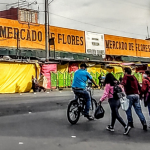
0.33 kms.
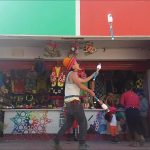
0.33 kms.
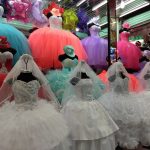
The market for clothing, formal wear and evening wear in Mexico City's center.
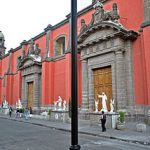
One of the city center's most illustrious former convents is still a sight to see.

Just a few steps outside the south exits of the Mercado de Sonora...
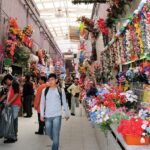
La Merced is the classic, and some will argue, the only public market in Mexico City. If you miss out on this one, you're missing out on a lot!
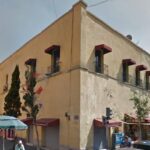
An unassuming corner on Talavera street was home to one of New Spain's most fiery insurrectionists.